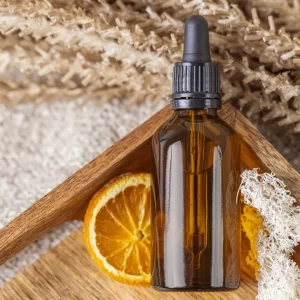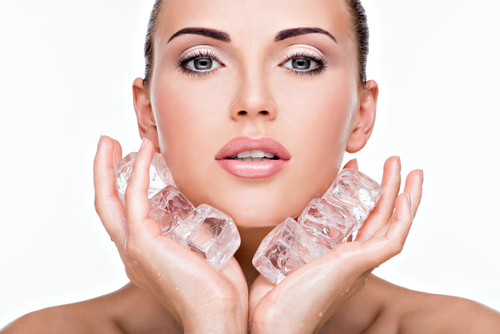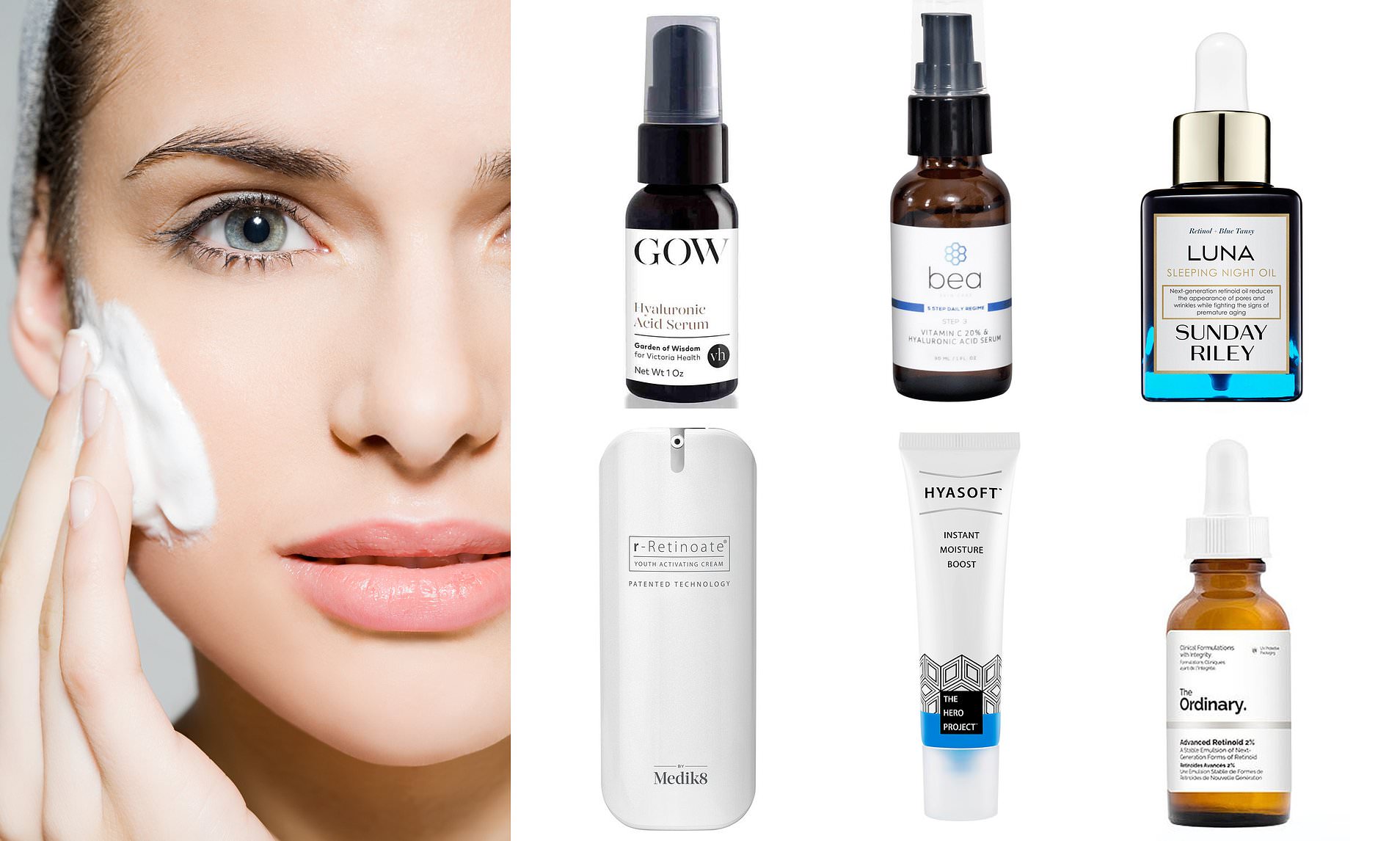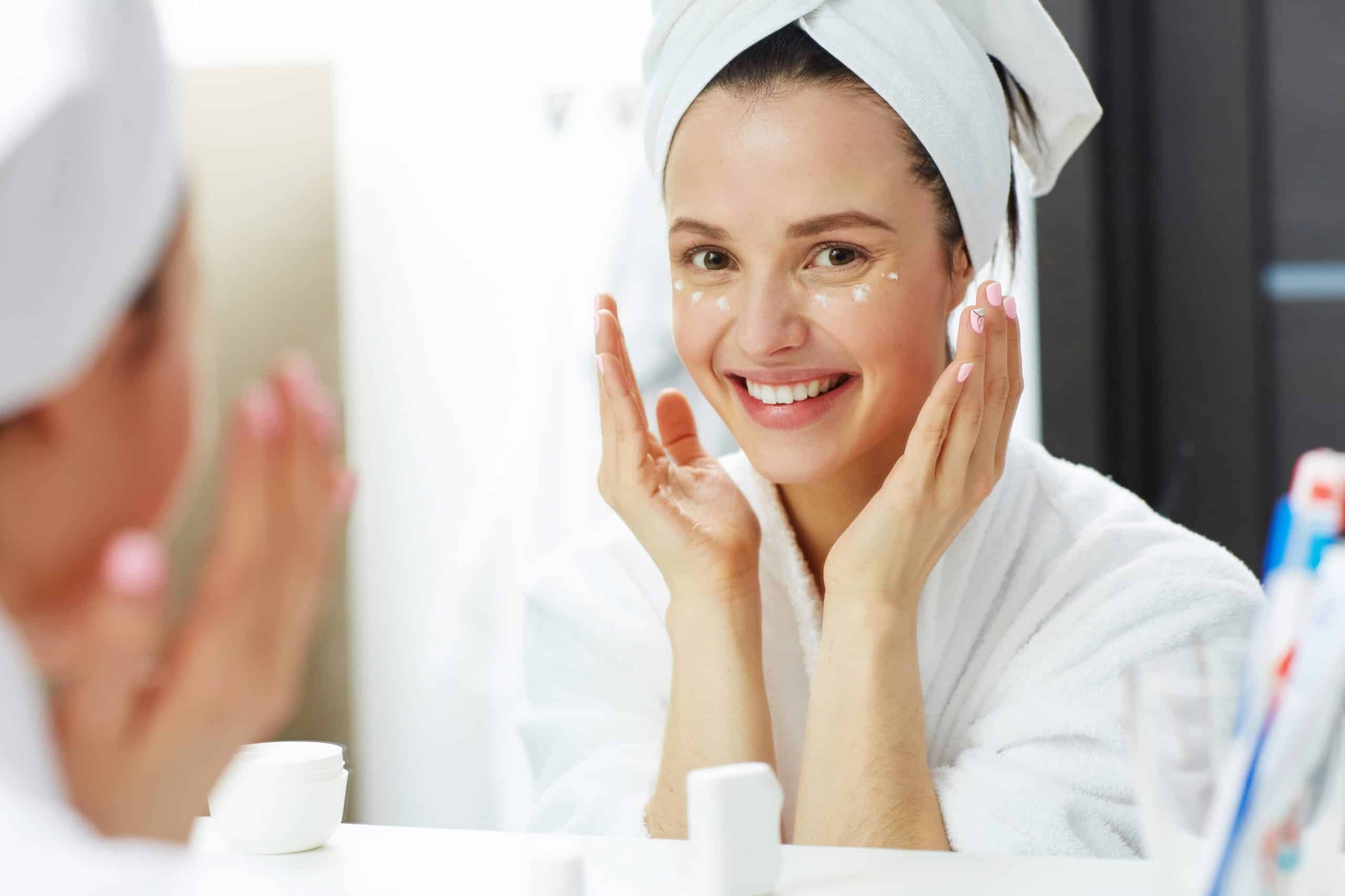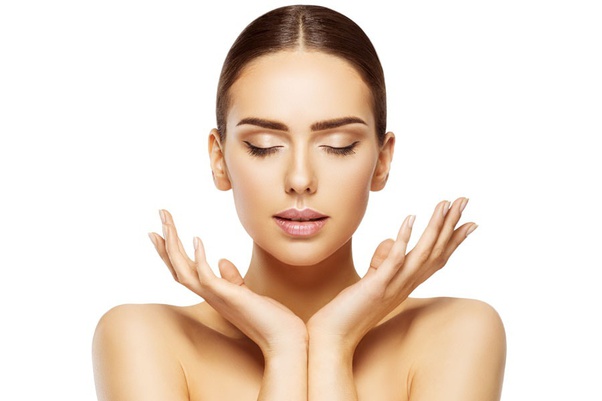Makeup trends and products come and go by the season. However, one that found itself a permanent place is the use of primer makeup. Recommended and loved by all beauty gurus, primers are an essential one-stop product for a flawless look. If perfect and smooth makeup is your goal, then you are in the right place.
Sometimes, uncontrollable factors like skin dryness, oiliness or even the weather can ruin a makeup look. In these cases, you bring on your A-game with a primer. So, it is safe to say that primer makeup has positively changed the beauty industry. Apart from that, primer helps to smoothen your skin and makes the makeup application much more effortless. Read along to understand the hype around primer makeup.
What is a Primer?
Essentially, a primer is the base layer of makeup. It creates a barrier between the skin and the products that go over it. As a result, it smoothens the surface, creating a clean canvas.
Moreover, a primer allows makeup to glide on smoothly and stay on for longer. It fills into open pores and skin irregularities as well. In addition, primer stops your makeup from creasing out & becoming oily, which is a significant concern for most makeup users.
Depending on your skin and makeup concerns, there are different primers to choose from. They are discussed in detail below.
Hydrating Primer: A hydrating primer makes sure that your skin does not get dehydrated under your makeup. Usually, this is the main reason for your makeup to crease. This primer is a great option to keep the skin moisturised.
Blurring Primer: Blurring primers focus on smoothening out your skin. It, in turn, helps to reduce the look of fine lines & wrinkles. Ideally, it is the best choice for mature skin.
Colour correcting Primer: A colour correcting primer is created to even out underlying skin pigmentation. It balances out uneven skin tone and gives a fresh look. So, if you suffer from discolouration or dark under your eyes, go for a colour correcting primer.
Also, there are different colours for each concern. For example, to correct redness, you can use something like green. Whereas, to cancel out dullness, you can go for purple. Orange and yellow can help with dark circles and pigmentation around the mouth.
Mattifying Primer: A silicon-based primer can help you create a matte barrier between the skin and the makeup. It helps in smoothing and blurring out the open pores. Also, it prevents your makeup from becoming oily and saves you from creasing out. Mattifying primer can do wonders for those who have excess oil production.
How to apply primer makeup?
- Always start with a clean face. Use any gentle cleanser to remove impurities. Follow it up with a hydrating moisturiser.
- Choose a primer that works for your skin and squeeze some of it onto your fingertips.
- Now, spread it out evenly and blend it into the skin. Apply some of the primers onto your eyelids as well. After an even application, let it dry for 2-3 minutes.
- Once the primer sets, apply a foundation or cream to finish the base makeup. For everyday use, a cc cream is an excellent choice for a natural look. The Lakme 9 to 5 CC cream pairs beautifully with a primer and acts as an added moisturising and brightening agent without feeling heavy on the face. Also, it comes with an SPF of 30 to shield your skin from harmful UV rays.
- Lastly, spritz some setting spray to keep the makeup in place.
How to choose the perfect primer makeup?
Every skin type deserves a primer that suits them the best. Now that you know the kinds of available primers, pair them accordingly with your skin type.
For oily skin: People suffering from excess sebum production should go for a mattifying primer. As mentioned before, it will provide a matte base so that the oil does not come through. It will also hold the makeup for a longer time.
For dry skin: It is a must to have a hydrating and moisturising primer for dry skin. To avoid flakiness and patchiness, go for a primer that focuses on skin hydration by using essential oils.
For combination skin: Gel primers can be very useful for people with combination skin. They are neither too moisturising nor too drying for the skin. It also works for those with normal skin types.
For acne-prone skin: Primers used for acne-prone skin should be light and oil-free. So, a water-based primer is the best choice here.
Once you own a primer, there is no going back. It will change your makeup journey for the better. We hope this article helps you find your perfect primer. Happy Shopping!
